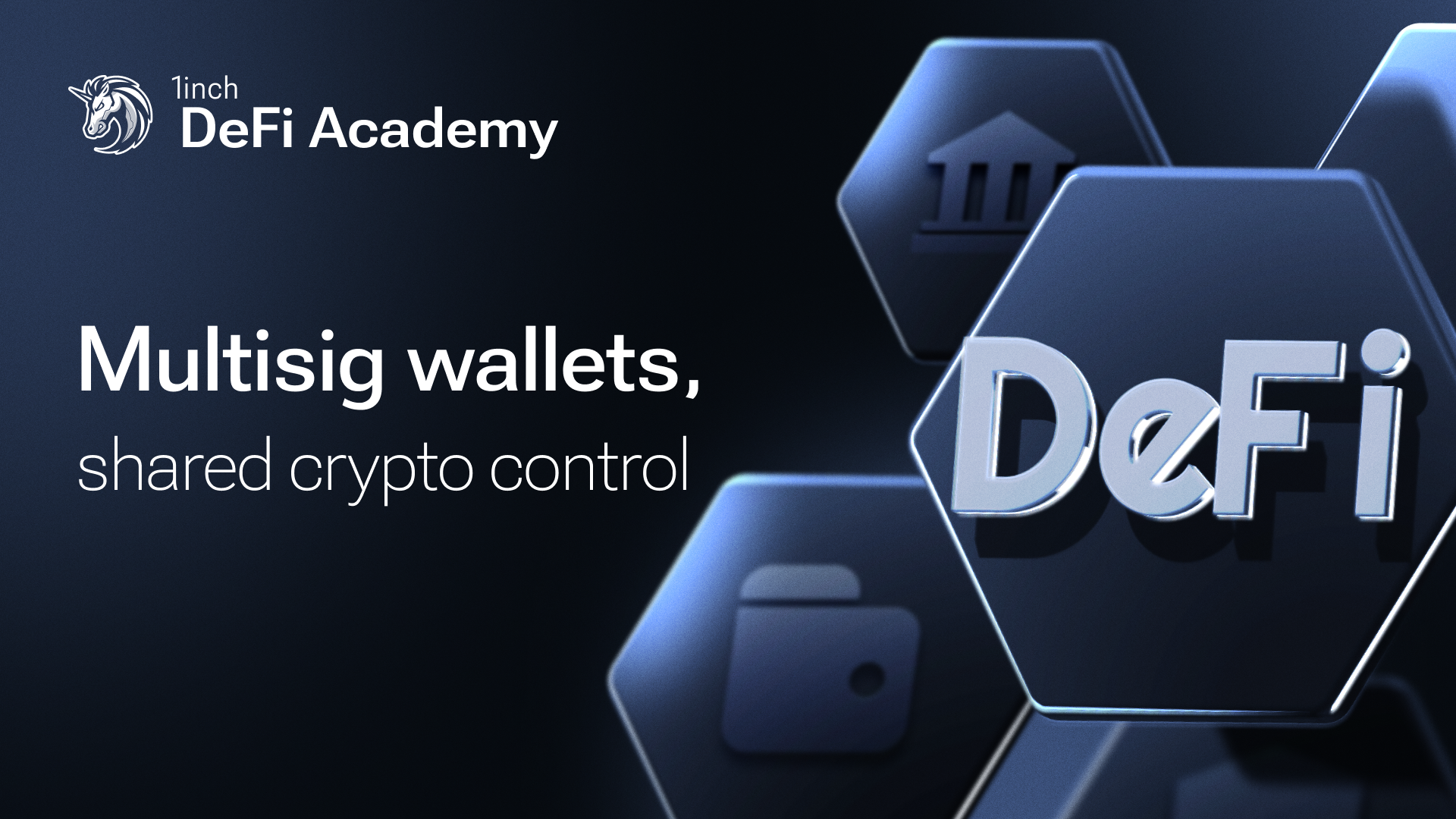A practical guide to multisig wallets: use cases, benefits and limitations

Multisig wallets enhance crypto security by requiring multiple signatures for each transaction, offering a reliable solution for shared asset management.
Multi-signature wallets, or multisig wallets, enhance security by requiring multiple cryptographic signatures - each from a distinct private key - to authorize a single transaction. Standard wallets, by comparison, rely on just one private key, placing full control in the hands of a single user. By distributing signing authority, multisig wallets are ideal for teams, joint accounts and situations where shared access or added protection is essential.
How multisig wallets work
Multisig wallets operate on a “multiple key, multiple signature” principle. Instead of needing just one key to approve a transaction, they require confirmation from two or more separate private keys assigned to different participants.
There are two common configurations:
- N-of-N model: All designated parties must sign (e.g., 3-of-3)
- N-of-M model: Only a subset of signers is needed (e.g., 2-of-3)
A transaction is executed only after the required number of valid signatures is provided. Until then, it remains in a pending state.
These wallets are often implemented using smart contracts, especially on platforms like Ethereum. This means the rules governing signature thresholds and transaction approvals are enforced automatically by code, rather than relying on any single user or off-chain authority.
Key benefits and limitations of multisig wallets
Multisig wallets offer a number of advantages, particularly in scenarios where security and collective control are priorities. By requiring multiple signatures to authorize a transaction, they reduce the risk of a single point of failure. Even if one private key is compromised, an attacker cannot move funds without access to the remaining keys. This makes multisig a valuable tool for enhancing security in crypto operations.
They are also well suited to organizations such as DAOs, crypto startups and joint ventures. In these contexts, multisig wallets enable shared ownership and collaborative decision-making. The requirement for multiple approvals adds a layer of accountability and can help enforce internal governance over pooled assets.
However, multisig wallets come with certain challenges. Setting them up is generally more complex than configuring a standard single-signature wallet.
Use cases: who should use a multisig wallet?
- DAOs & сrypto projects: Distribute treasury control among members.
- Businesses: Prevent unilateral fund movements by requiring multiple approvals.
- Families or joint investors: Share control over a wallet with predefined rules.
For individuals, especially those managing assets alone, multisig may be overkill. But for group ownership or high-value operations, the added complexity is often worth the peace of mind.
When choosing a multisig wallet, always check whether it's open-source, audited and widely adopted. As with all things crypto, do your research.
Multisig wallets are a powerful tool in the crypto toolbox. They reduce risk, distribute control and add layers of security but they must be used correctly. Whether you’re a DAO managing a treasury or a company holding crypto assets, multisig provides a programmable framework for shared, secure custody. And while individuals may not need one for everyday use, multisig wallets are a big step toward trustless cooperation.
Stay tuned for more insights from 1inch as we explore the latest trends in DeFi!




























